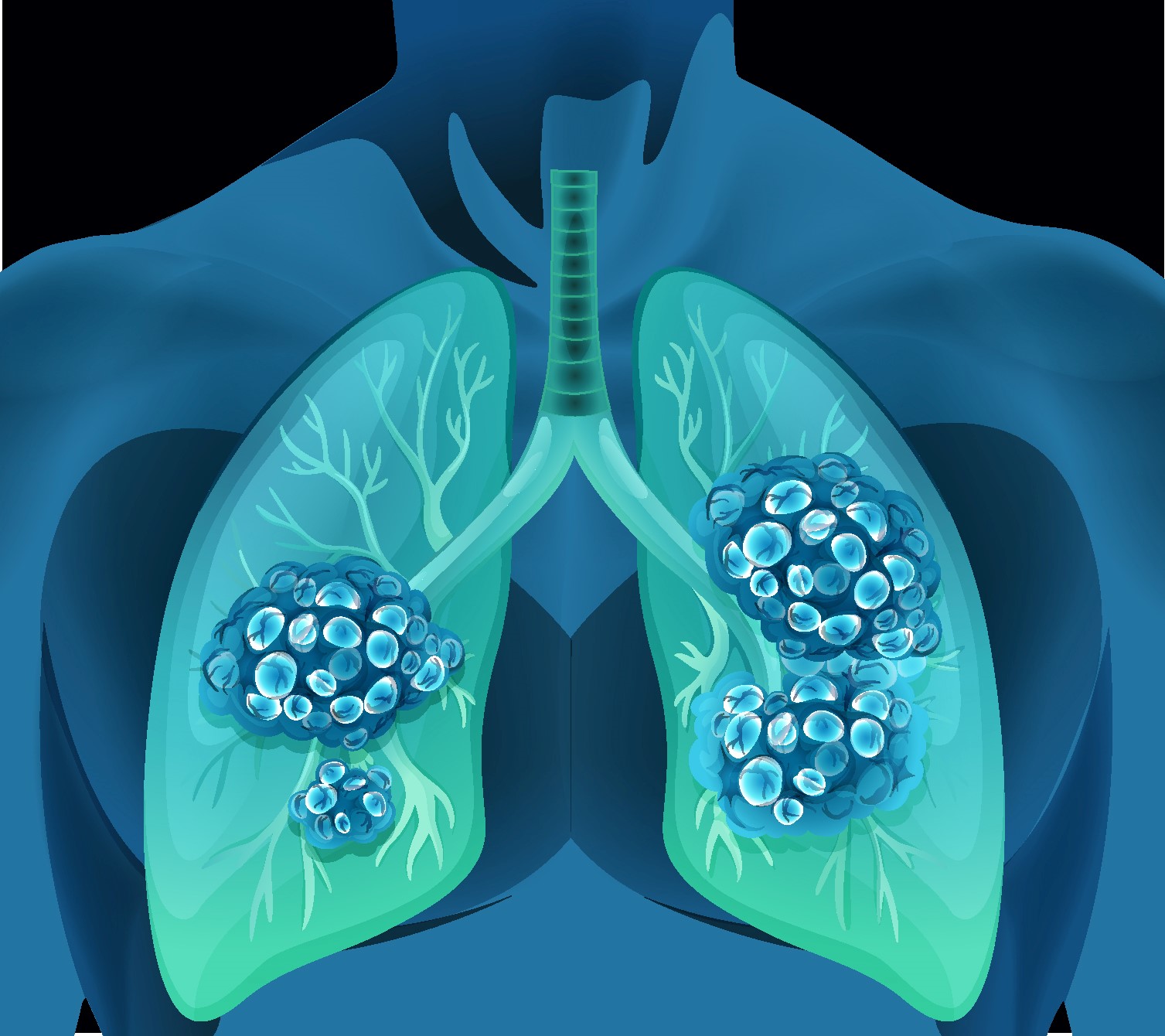To assess whether the evolution of two consecutive high-resolution computed tomography (HRCT) scores in patients with cystic fibrosis (CF) has prognostic value.
A longitudinal retrospective study was performed to research adult patients with CF. Two consecutive HRCT studies were scored using Bhalla and Brody II scoring scales by two senior radiologists. Annual scoring changes for each scale were calculated and correlated with annual FEV1% decline, with pulmonary exacerbations and number of antibiotic treatments.
We selected sixty-four adult patients. The median interval between the two HRCTs was 3.88 ± 1.59 years. The mean spirometric values showed dynamic lung volumes lower than the general population; globally, there was a worsening of respiratory function over time. The change in the annual HRCT scores was positive on both scales, indicating a worse structural situation over time. The Brody II scale annual change showed a significant statistical correlation with a decline in the annual FEV1%, exacerbations and number of oral antibiotic treatments. In contrast, for the Bhalla scale, the relationship was moderately inverse with exacerbations and with the number of oral treatments. No statistically significant relationships were found for the change in the annual FEV1% and exacerbations or number of antibiotic treatments. The interobservational and intraobservational agreements were very strong in both scales.
The annual evolution of the Brody II HRCT scoring system demonstrated a predictive value and correlated with FEV1% decline, pulmonary exacerbations and oral antibiotic treatments.
• HRCT evolution has prognostic value in cystic fibrosis. • Temporal evolution for the Brody II score is useful for clinical follow-up. • Brody II score changes correlate with FEV1% decline, pulmonary exacerbations and number of antibiotic treatments.
Predictive value of computed tomography scoring systems evolution in adults with cystic fibrosis.


